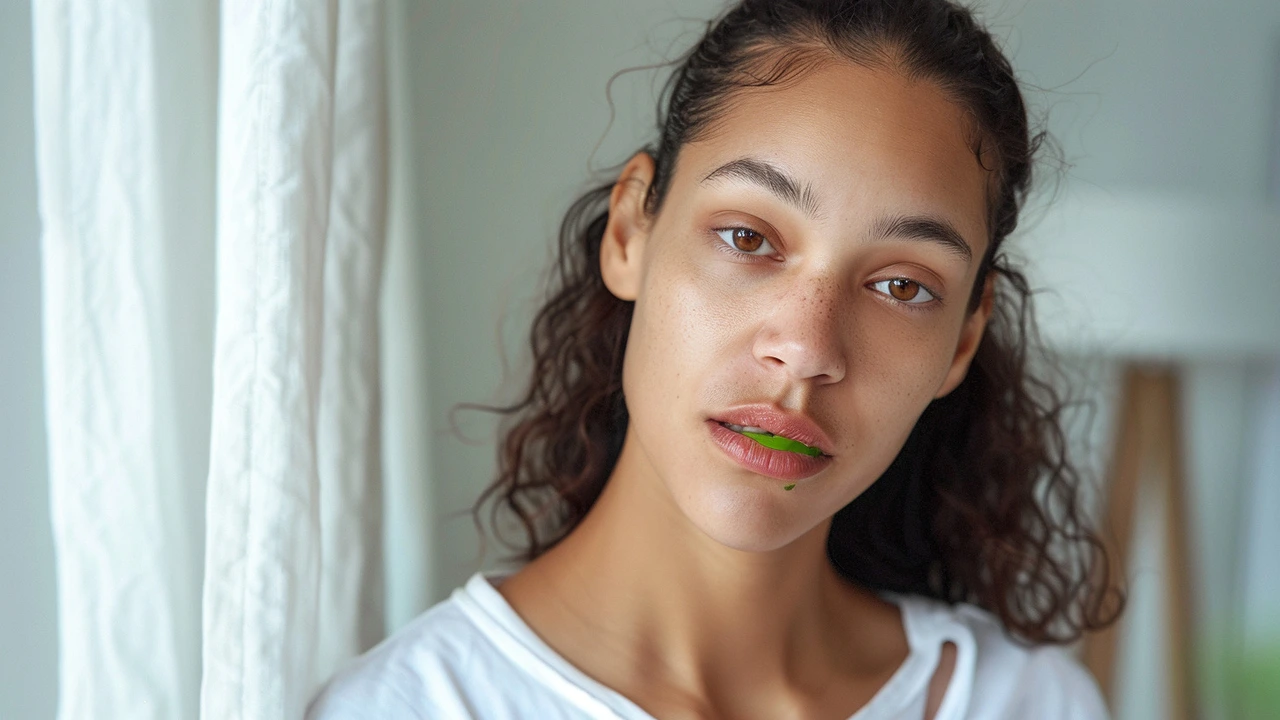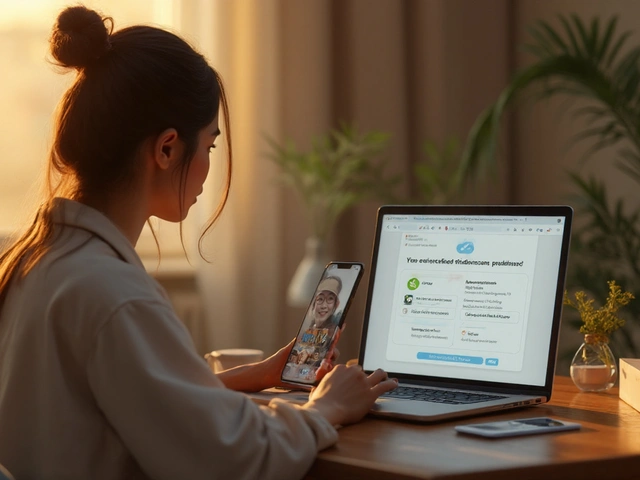Cold Sore Cream – What It Is and How It Can Help You
If you’ve ever had a tingling lip spot that turned into a painful blister, you know the frustration of cold sores. The good news is most people can tame an outbreak with a proper cream applied at the first sign. In this guide we’ll break down how these creams work, which ingredients matter, and how to choose the one that fits your needs.
How Cold Sore Cream Works
A cold sore is caused by the herpes simplex virus (HSV‑1). When the virus reactivates it multiplies on the skin surface, causing swelling, redness and fluid‑filled blisters. A topical cream delivers an antiviral or soothing agent directly to the site, slowing viral replication and easing symptoms.
Over‑the‑counter (OTC) options usually contain docosanol (Abreva) or a mild anesthetic like lidocaine. Docosanol blocks the virus from entering healthy cells, which can cut healing time by about a day if you start early. Prescription creams such as acyclovir, penciclovir or valacyclovir gel are stronger antivirals that need a doctor’s note but work faster and more reliably.
Besides antivirals, many formulas add moisturizers, zinc oxide or aloe to keep the skin from cracking. A cracked sore can bleed, stay open longer, and increase the chance of spreading the virus.
Choosing the Right Cream for You
Here are three quick steps to pick a cream that will actually help:
- Check the active ingredient. If you want an OTC product, look for docosanol (10% is standard). For prescription strength, ask your doctor about acyclovir 5% or penciclovir 1% gel.
- Start at the first sign. The “tingling” phase is your window. Applying a cream within 24 hours can keep the sore from fully forming.
- Consider any skin sensitivities. Some people react to lidocaine or fragrance. Choose a fragrance‑free, hypoallergenic label if you have sensitive skin.
If cost is an issue, many pharmacies offer generic acyclovir cream for less than $10. OTC docosanol can be found in most drugstores for around $15 and often comes with a money‑back guarantee if it doesn’t work for you.
When you apply the cream, use clean fingertips or a cotton swab. Dab a thin layer over the entire sore and the surrounding skin three to five times a day. Don’t rub hard; you just want the medication to sit on the surface.
A few practical tips:
- Wash your hands before and after each application.
- Avoid picking or squeezing the blister – it spreads the virus.
- If you wear lipstick, wait until the cream is dry to prevent staining.
Most people see improvement within two days. If the sore doesn’t shrink after five days, gets very painful, or you develop fever, see a doctor. Those could be signs of a deeper infection that needs oral antivirals.
Remember, no cream can erase the virus from your body forever; it just keeps outbreaks short and less noticeable. Pairing topical treatment with good hygiene, stress management, and sun protection (use SPF on lips) gives you the best long‑term control.
Bottom line: pick a cream with an active antiviral, apply it early, and follow simple clean‑up steps. You’ll cut down the misery of cold sores and keep your smile looking normal again.
2020's Most Effective Cold Sore Treatment Creams: A Comprehensive Guide
In 2020, numerous cold sore treatments emerged, but few stood out for their efficacy and innovation. The UK's Mirror compiled an essential list, highlighting top performers like Compeed Invisible Patches and BASE Everyday Lip Solv Bullet, known for their unique ingredients and rapid relief. This guide explores these standout options further.





